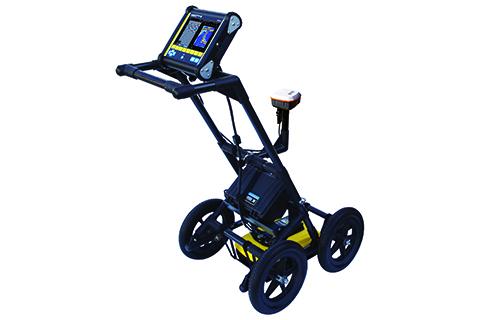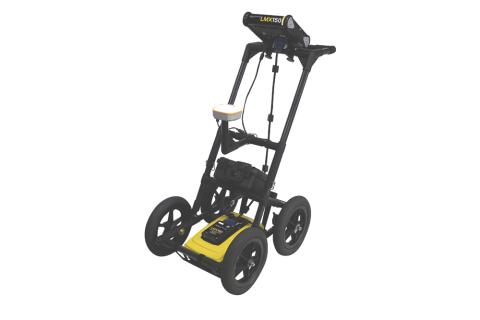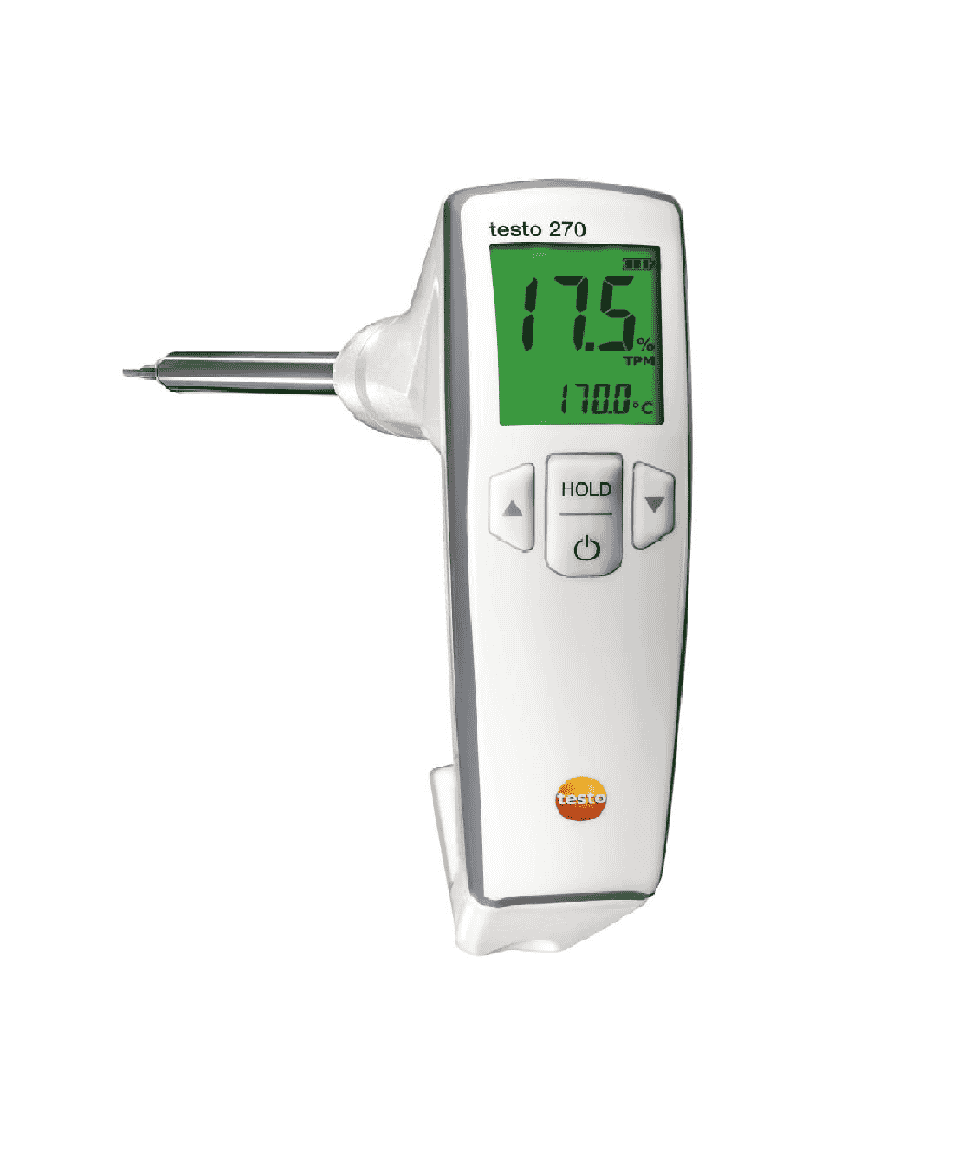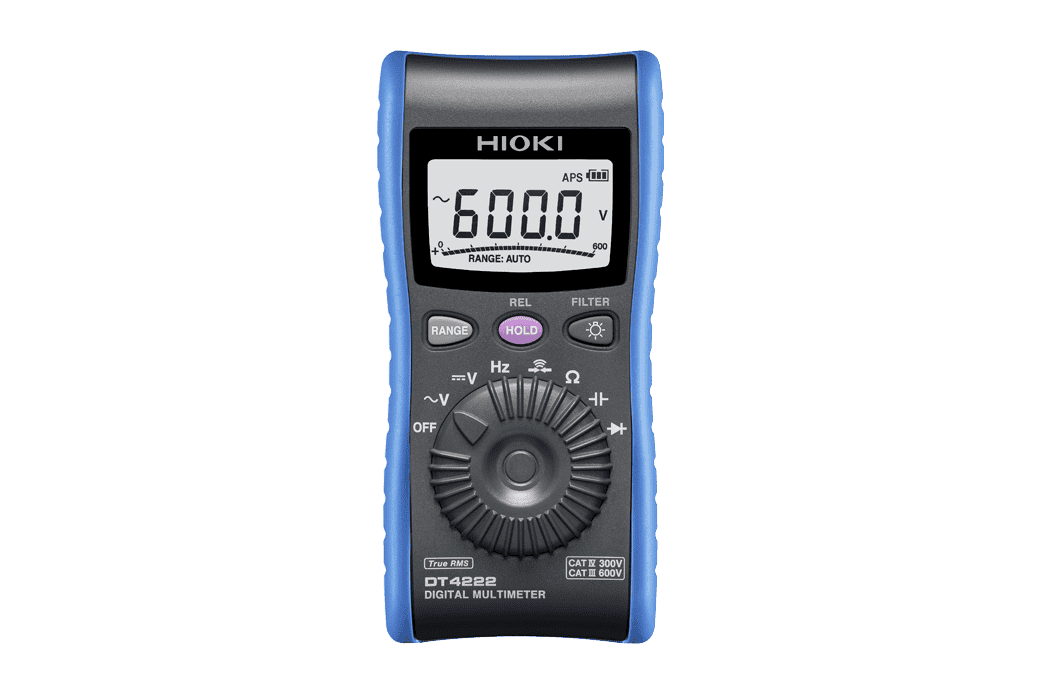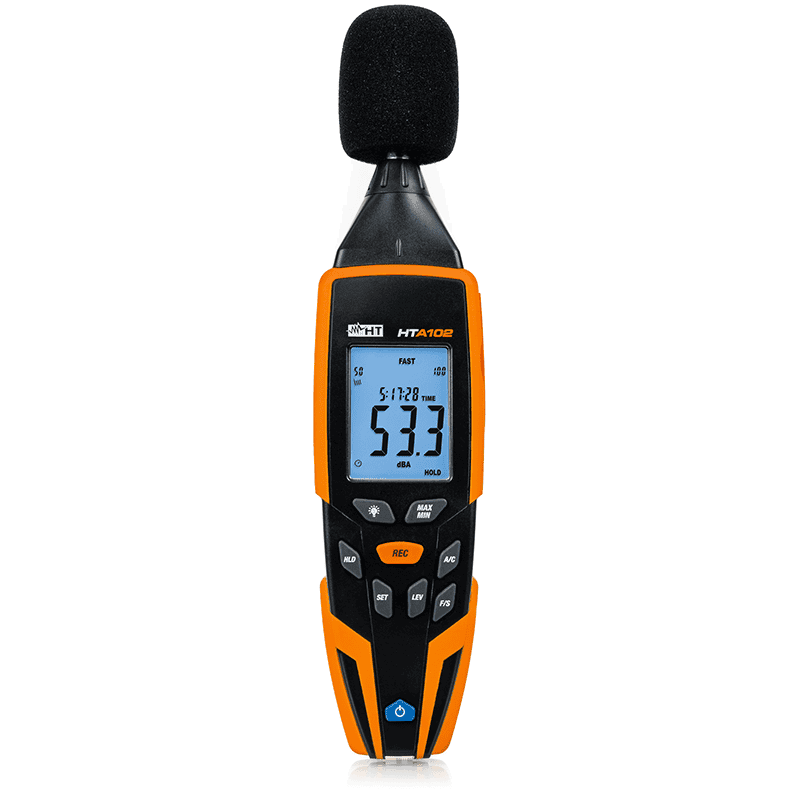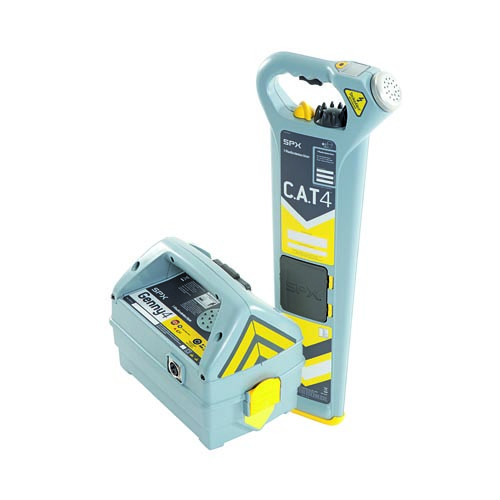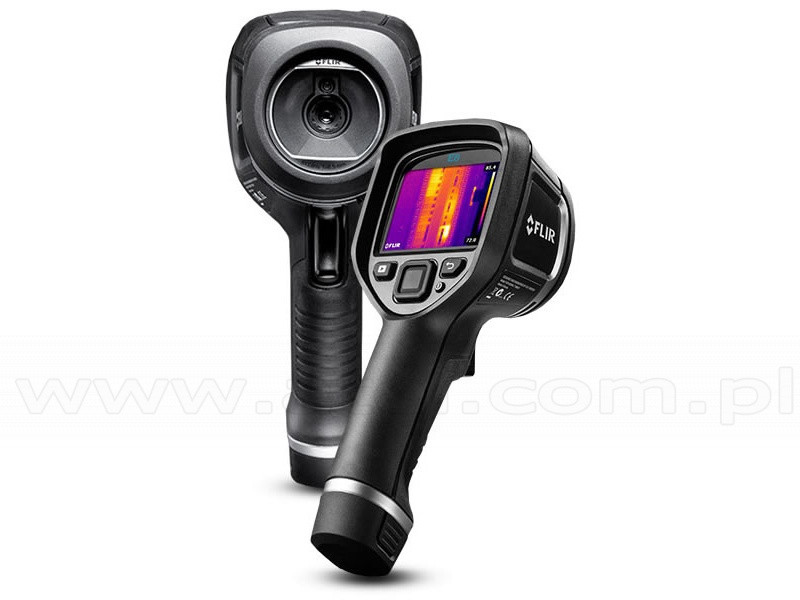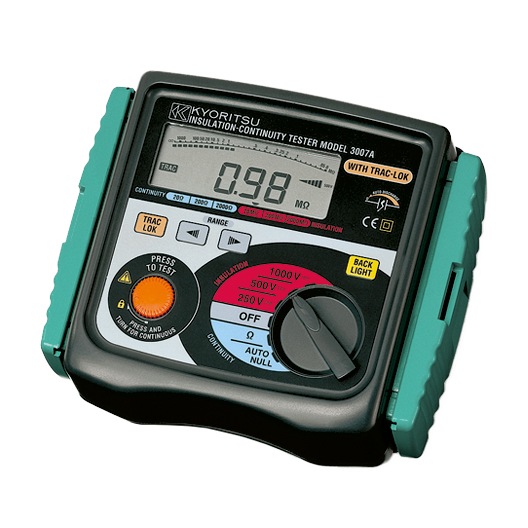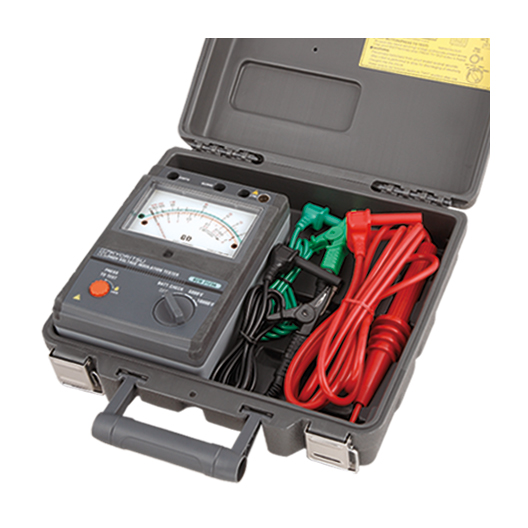Sold By
NCIEM
(0 customer reviews)
Top Selling Products
-
Testo 270 Cooking Oil Tester
SAR2,000.00 -
Hioki DT4222: Digital Multimeter
SAR390.00 -
HTA102 Sound level Meter with Calibrator
SAR4,000.00 -
Megger MIT1525 - 15kV Insulation Resistance Tester
SAR30,000.00 -
Flir E8-XT InfraRed Camera with MSX & WiFi
SAR15,000.00
| Description
The Radio Detection LMX100 is a ground-penetrating radar (GPR) system designed for real-time detection and marking of underground utilities and other subsurface features. It is a portable and user-friendly tool that provides a visual picture of what is beneath the ground, including metallic and non-metallic objects. |
| Key Features
Non-metallic detection: Unlike electromagnetic (EM) locators, GPR can detect non-metallic utilities like PVC pipes, concrete structures, and fiber optic cables, which may not have a tracer wire. It also finds utilities with broken tracer wires and undocumented utilities. Target enhancement: Patented DynaT™ (Dynamic Target Enhancement) technology helps optimize the visibility of small, medium, and large targets, while preset filters and adjustable gain help to enhance the image quality. Image optimization: Patented DynaQ® (Dynamic Quality) technology automatically adjusts the data stacking (averaging) based on the user's survey speed. A slower pace results in more averaging and better signal quality for deeper penetration. On-site reporting: The system has built-in Wi-Fi and USB connectivity, allowing users to create and share "mini-reports" from the field. Screen captures are geo-tagged and can be exported as KMZ files for viewing in Google Earth. Rugged and portable: The lightweight fiberglass frame is designed for easy transport and use in rough environments. Its non-metallic construction also eliminates interference with GPR signals. Pinpoint location: After seeing a hyperbolic response on the screen, the operator can roll the system backward along the same path. A vertical line on the display helps align the system precisely over the apex of the hyperbola to identify the exact location of the target. Depth estimation: A crosshair on the display can be aligned with the target's apex to show a real-time depth estimate. Instant marking: Once the target is located, the user can mark its position directly on the ground. Easy setup: The LMX100 is ready for use right away with no complex calibration required before operation. |
There have been no reviews for this product yet.
Related products
SAR158,625.00
Radio Detection LMX200 Ground Penetrating Radar
SAR1,195.00
Kyoritsu 2033 AC/DC Digital Clamp Meter, 300 A
SAR585.00
Kyoritsu 1011 Digital Multimeter
SAR630.00
